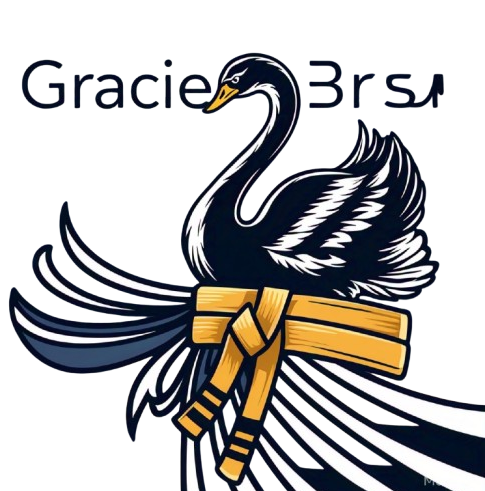In today’s fast-paced world, where stress, tension, and muscle aches are common, massage therapy offers a powerful, natural solution. More than just a luxury or indulgence, massage provides a range of health benefits that can improve your overall well-being. From reducing stress to alleviating chronic pain, massage has long been used to promote physical and mental health.
Reducing Stress and Promoting Relaxation
One of the primary benefits of massage is its ability to reduce stress. Stress is a major contributor to many health issues, including headaches, insomnia, and muscle tension. Through soothing techniques, massage therapy helps reduce the body’s production of cortisol, the stress hormone, while simultaneously increasing the production of endorphins, the body’s natural mood elevators. This results in a calming effect, reducing anxiety and promoting relaxation.
Regular massage sessions can help you manage the epl중계 pressures of daily life, allowing you to feel more grounded and balanced. Whether it’s a 30-minute neck and shoulder massage or a full-body treatment, the effects of relaxation can be felt immediately.
Alleviating Muscle Tension and Pain
Another major benefit of massage is its ability to alleviate muscle tension and chronic pain. Whether caused by poor posture, injury, or repetitive movements, muscle tightness can lead to discomfort and decreased mobility. Massage techniques such as deep tissue and trigger point therapy focus on targeting the deeper layers of muscle and connective tissue, helping to release tension and improve flexibility.
For those who suffer from conditions like fibromyalgia, sciatica, or arthritis, massage can provide significant relief. The gentle manipulation of muscles and joints helps improve circulation, which accelerates the healing process and reduces inflammation. Over time, regular massage therapy can help manage pain and prevent the recurrence of injuries.
Improved Circulation and Detoxification
Massage also plays a vital role in promoting better circulation. By stimulating blood flow, it enhances the delivery of oxygen and nutrients to tissues, encouraging the body’s natural healing processes. As a result, this can lead to faster recovery times for athletes or individuals recovering from surgery.
Furthermore, massage helps promote lymphatic drainage, which assists the body in flushing out toxins. The lymphatic system plays a critical role in immune function and detoxification, and massage can support its efficiency by encouraging the movement of lymph fluid throughout the body.
Different Types of Massage Techniques
Massage comes in a variety of forms, each with its unique benefits. Swedish massage, the most popular technique, uses long strokes and kneading to relax the body and improve circulation. Deep tissue massage targets the deeper layers of muscle to address chronic pain and stiffness. Aromatherapy massage combines essential oils with massage to provide emotional and physical benefits, while hot stone massage uses warm stones to ease muscle tension and stress.
Conclusion
Massage is a versatile and effective therapy that offers numerous benefits for both the body and mind. Whether you are looking to reduce stress, alleviate pain, or enhance overall well-being, regular massage therapy can be an essential part of your self-care routine. By investing in your health through massage, you not only relieve physical discomfort but also foster a sense of peace and relaxation that lasts long after the session ends.
